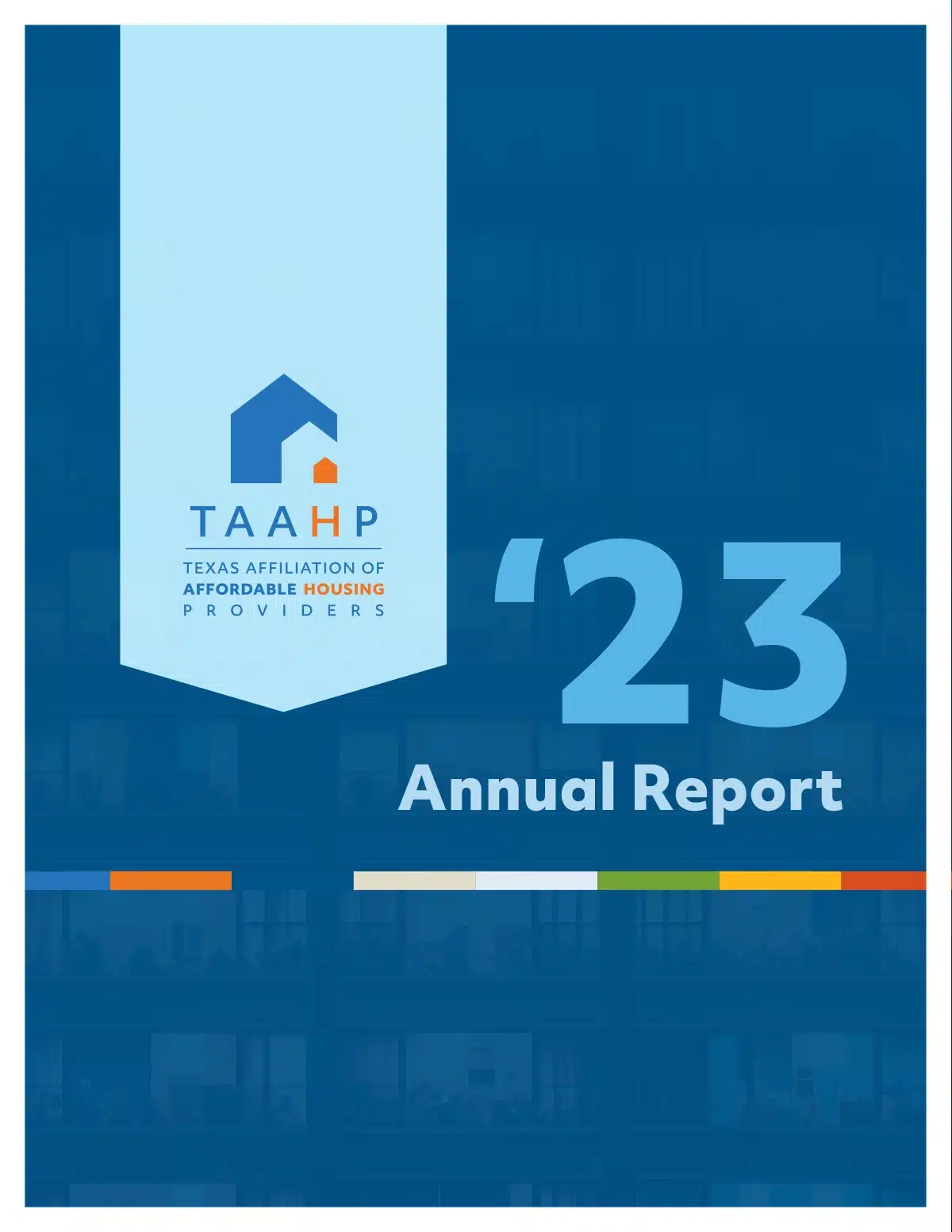From NAHB’s National Housing Conference
Housing affordability was a major issue for nearly every income bracket during 2018 and is likely to be a growing problem for years to come. A supply-driven affordable housing crisis ultimately can only be addressed by more housing supply that is affordable to more people. The 2018 edition of “Paycheck to Paycheck” focuses on the affordability challenges workers face in five job categories in the construction industry: carpenters; electricians; heating, ventilation, and air conditioning (HVAC) mechanics; maintenance workers and plumbers. These jobs are critical to increasing the supply of affordable housing. They are also an important part of any healthy local economy. Many of these jobs represent the core of the modern middle class, others are essential entry points where workers can convert skills into increasingly higher paying opportunities. Each of these five occupations require a high school diploma and training in a technical or vocational program for entry-level jobs. Jobs that offer a salary high enough to afford housing costs without a four-year college degree are increasingly rare.
These jobs offer a comfortable salary without requiring a four-year college degree. Also, the job market for these workers is highly competitive with salaries at an all-time high. Furthermore, most construction workers are also free from the student loan debt burden that other jobs carry, which should be a significant advantage. Yet, workers in four of the five job categories are only able to afford a median-priced home with a 10 percent down payment in half of the markets in which they work. For maintenance workers, it’s less than half of the markets. In San Antonio as well as other cities, most carpenters and mechanics can’t afford homeownership.
For rentals, the statistics are better, but they fall off quickly when a worker is supporting a family and needs a three-bedroom apartment. Four of the five occupations cannot afford to rent a three-bedroom apartment in one third of the markets where they work, while maintenance workers are able to afford to rent a three-bedroom home only 20 percent of the time in the 259 “Paycheck to Paycheck” metropolitan statistical areas (metro areas).
The National Association of Home Builders (NAHB) estimates that 9.8 million people worked in construction in 2016, slightly below the peak of 11 million in 2006 at the height of the housing boom.1 A recent NAHB analysis predicted that job growth for electricians will grow by 9 percent, for carpenters by 8 percent, for HVAC mechanics by 15 percent and for plumbers by 16 percent between 2016 and 2026.2 According to the Bureau of Labor Statistics Job Openings and Labor Turnover Survey and an NAHB analysis, the number of open construction sector jobs increased to 382,000 in December of 2018, up by over 149,000 from the previous year. At the same time, layoffs in construction jobs are down and the hiring rate remains at 5 percent.3 Remarkably, the rate of construction sector job openings has been higher than the peak pre-Great Recession measure for more than two years.
This shortage of over a quarter of a million workers is one of several drivers of the cost of building affordable housing. In both 2017 and 2018, builders listed the cost and availability of labor as their number one challenge. In 2018, it tied with the cost of building material prices with 84 percent of respondents.4
Other occupations continue to struggle to find affordable housing as well. A police officer in Seattle is unable to house their family in a two-bedroom apartment. A one-bedroom apartment in Boston is out of reach for local firefighters. A child care worker in Los Angeles would need to earn nearly five times as much to afford homeownership. An elementary school teacher with children would need to make $25,000 more to simply rent a one-bedroom apartment in San Francisco.

